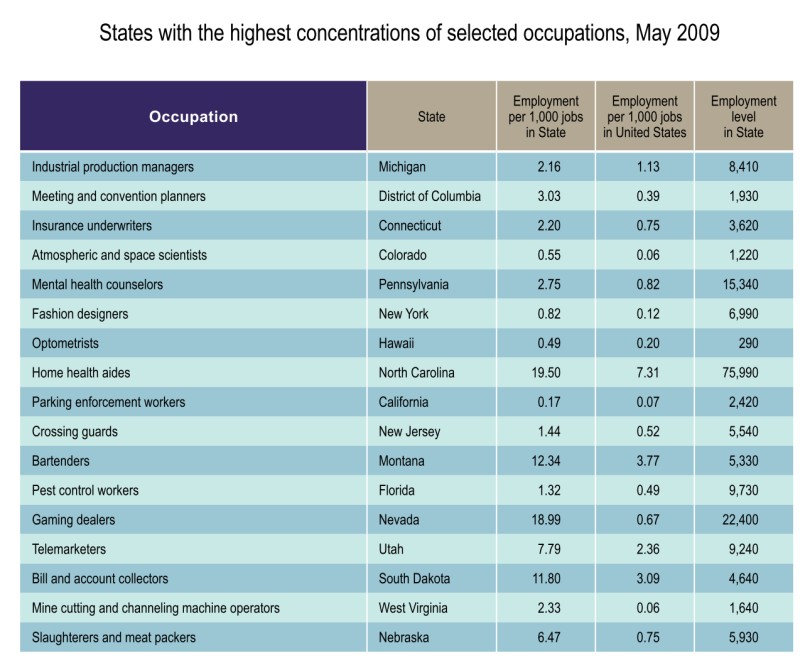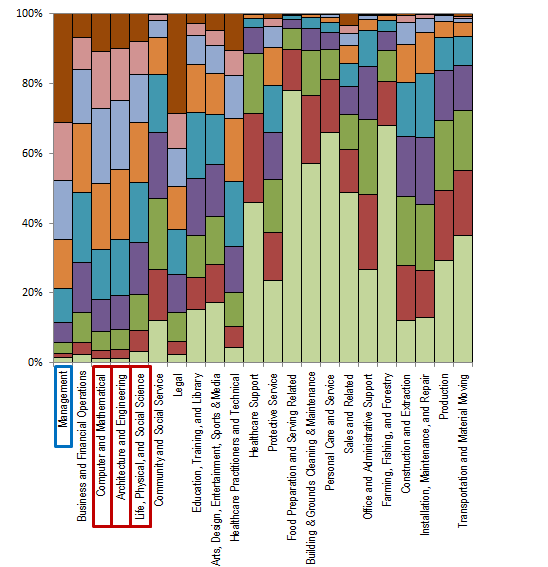Title: Super-chip architecture for future convergence applications
Speaker: Dr. Hyung Gyu Lee from Georgia Institute of Technology
Time: 5PM today (2011.10.13)
Place: EB1 E101
Note: The adviser of the speaker, Prof. Jongman Kim, may give us some introductory overview of the project that will be presented today.
This seminar will be mostly about multi-core processor architecture for future digital convergence applications.
Which month has the greatest number of deadlines for paper submission to conferences in our field? Well, you need to check all the conference deadlines, which is by no means an easy task, but these days it seems that September is definitely in the top class. In comparison, October/November seems to have far less. So what’s in September? DATE, CGO, IPDPS (October 1, so practically September), and I just received C4P for PECCS. Lesson? Summer is perhaps the best season to concentrate on conference papers…
A new week, a new semester, and thanks heaven, next week is the Choosuk holiday (equiv to thanksgiving)!
I am happy to announce that the Contact page of this blog, which allows visitors to send messages to the lab admin, is now fixed and working fine.
Why sometimes can’t I connect to ecl.unist.ac.kr or some other UNIST sites?
Most likely, the server is fine, but the DNS (Domain Name Server) setting has a problem.
Then how should I fix it?
The short answer is to use the primary DNS only: 10.0.2.204, or if you must use the secondary as well, try this: 10.0.2.220.
According to the DNS Setting Guide, 2009.8 version, the primary DNS of UNIST is 10.0.2.204, and the secondary is 114.70.1.52. Or if you use WUNIST_AAA (campus-wide wireless network) the secondary DNS is 10.0.2.205. Those secondary DNS servers all have problems. The 114.70.1.52 server returns external IPs for internal server domains, which don’t work more often than it do. The 10.0.2.205 server doesn’t work at all. So the solution is just to remove the secondary DNS, and use the primary only.
What if I’m using DHCP — for example, WUNIST_AAA? Then you can’t get rid of 10.0.2.205, but it should be fine because 10.0.2.205 doesn’t return anything, so your computer will try the primary only anyway.
Welcome, New Grad Students!
Today we have a big welcoming party with faculty members, admin staff members, and all grad students. Have fun!
Dr. Youngsoo Shin, who is an IDEC Distinguished Lecturer, will visit ICCL, UNIST and give a talk on Thursday, Sept. 29. I’m sure his talk will be a very interesting and informative one. Please attend. This is also part of the ECE590 seminar.
Title: Heterogeneous Array of Programmable Logic: Push the Limit of Programmable Device
Time: 4 pm (yes, it’s Thursday, not Wednesday)
Place: the usual place (the classroom)
The host name of the homepage server will change from hpc to ICCL, reflecting the change in the lab name to Energy-efficient Computing Lab. This will be in effect in a few days.
According to US Bureau of Labor Statistics, the New York state has the highest concentration of fashion designers, and in California you have the highest chance of coming across parking enforcement workers. Understandably, game dealers can be most commonly found in Nevada, but it is a little known fact that telemarketers are most concentrated in Utah. Pennsylvania has the highest concentration of mental health counselors, in Floria you are most likely to meet pest control workers!

* Data from US Bureau of Labor Statistics, of May 2009.
For many students in Electrical and Computer Engineering major,there seems to be some sort of envy toward some other thingslike physics and material, at least here in UNIST. Here it is, you who major in ECE, the actual datathat “shows” that the future is brighter for us!


The graph above compares the wage distributions among different occupations (data from the US Bureau of Labor Statistics, see below). The wages shown in the legend (on the right) are on an hourly basis. So the red segments represent the highest level of wage in this chart whereas light green represent the lowest level of wage. As can be seen, in the case of managers (e.g., CEO) and lawyers, more than 30% of them are very well paid. On the other hand, Food Preparation and Serving Related occupation (e.g., waiters and waitresses) has the large portion of the lowest paying jobs.
Then how is the prospect for our ECE (Electrical and Computer Engineering) graduates? As you can see, from the chart above, Computer Scientists/Engineers and Engineers in general belong to the top paying occupations. More than 10% of the CS graduates enjoy the highest level of wages, which is on the same level as Healthcare Practitioners and Technical (e.g., medical doctors and paramedics). Moreover, in those three Engineering/Science related occupations (the three occupations in red boxes in the chart) low paying jobs are much rarer than in other occupations. So the average income of those in the three Engineering/Science occupations will substantially higher than others.
Lastly, I would like to emphasize that those majoring in CSE have a much better outlook even compared to those majoring in general engineering or some life/physical/social sciences. In fact, Computer and Information System Scientists/Engineers are frequently cited as the highest paying positions across all occupations. Now you have good reasons to take pride in your choice if you have chosen CSE. 🙂
The original data and more detailed statistics can be found in here: http://www.bls.gov/oes/current/distribution_table.htm (of May 2010), and http://www.bls.gov/oes/.
The HPC lab will present a new paper in the 18th Reconfigurable Architectures Workshop, which is held in a larger conference, IPDPS, May 16-19, Anchorage, Alaska, USA. It’s about how to speed up communication between a CPU and an application-specific coprocessor.


